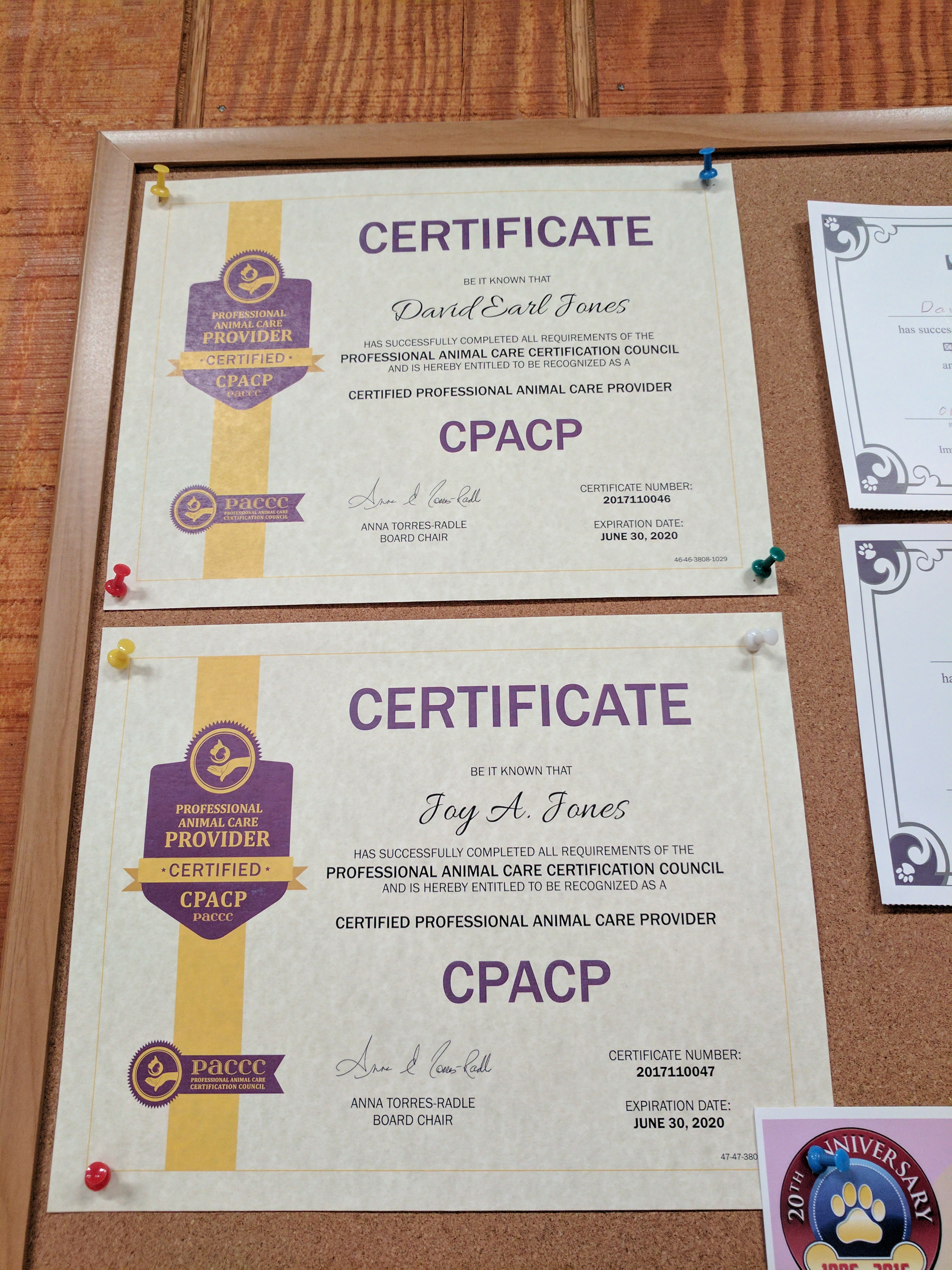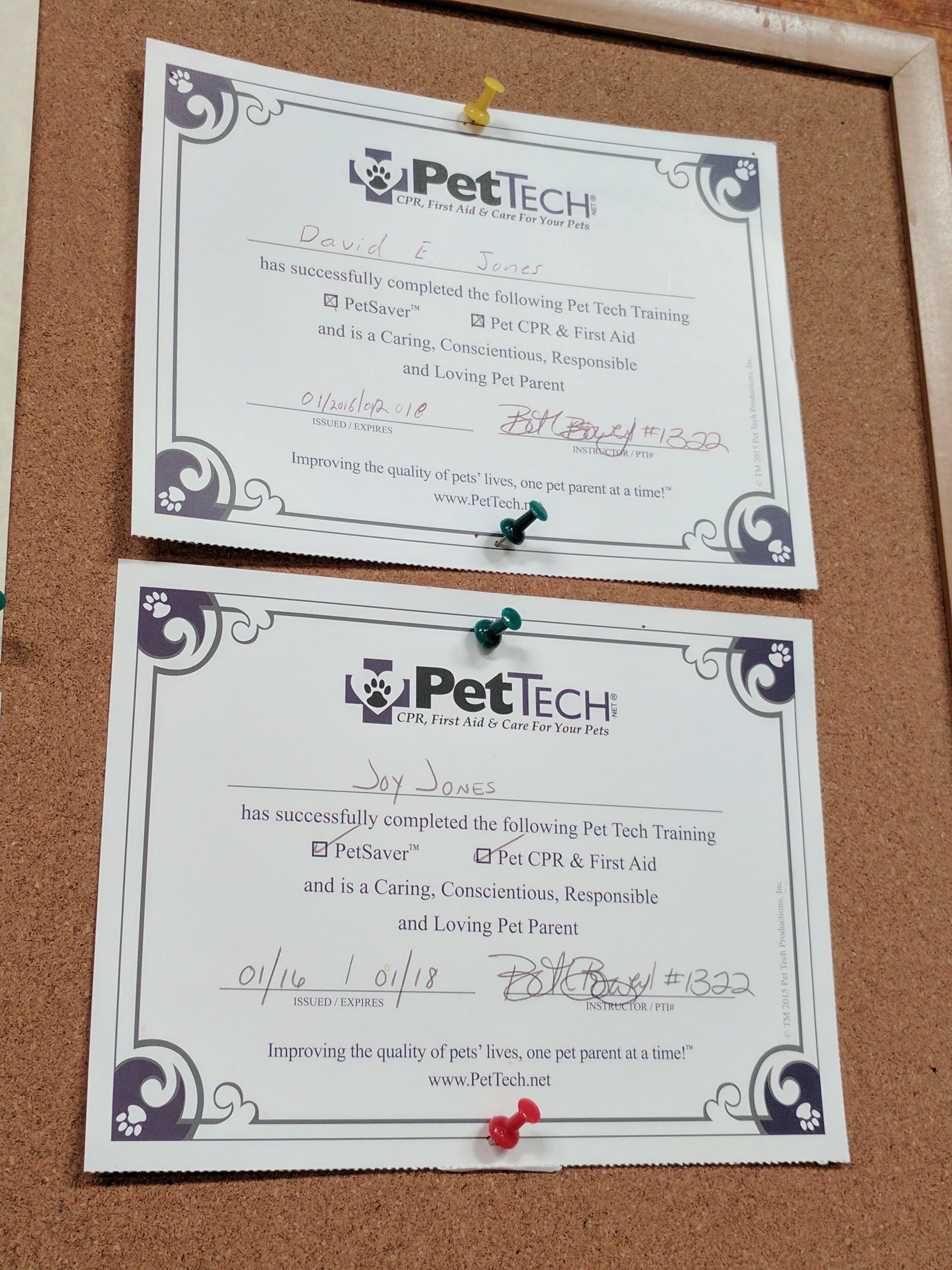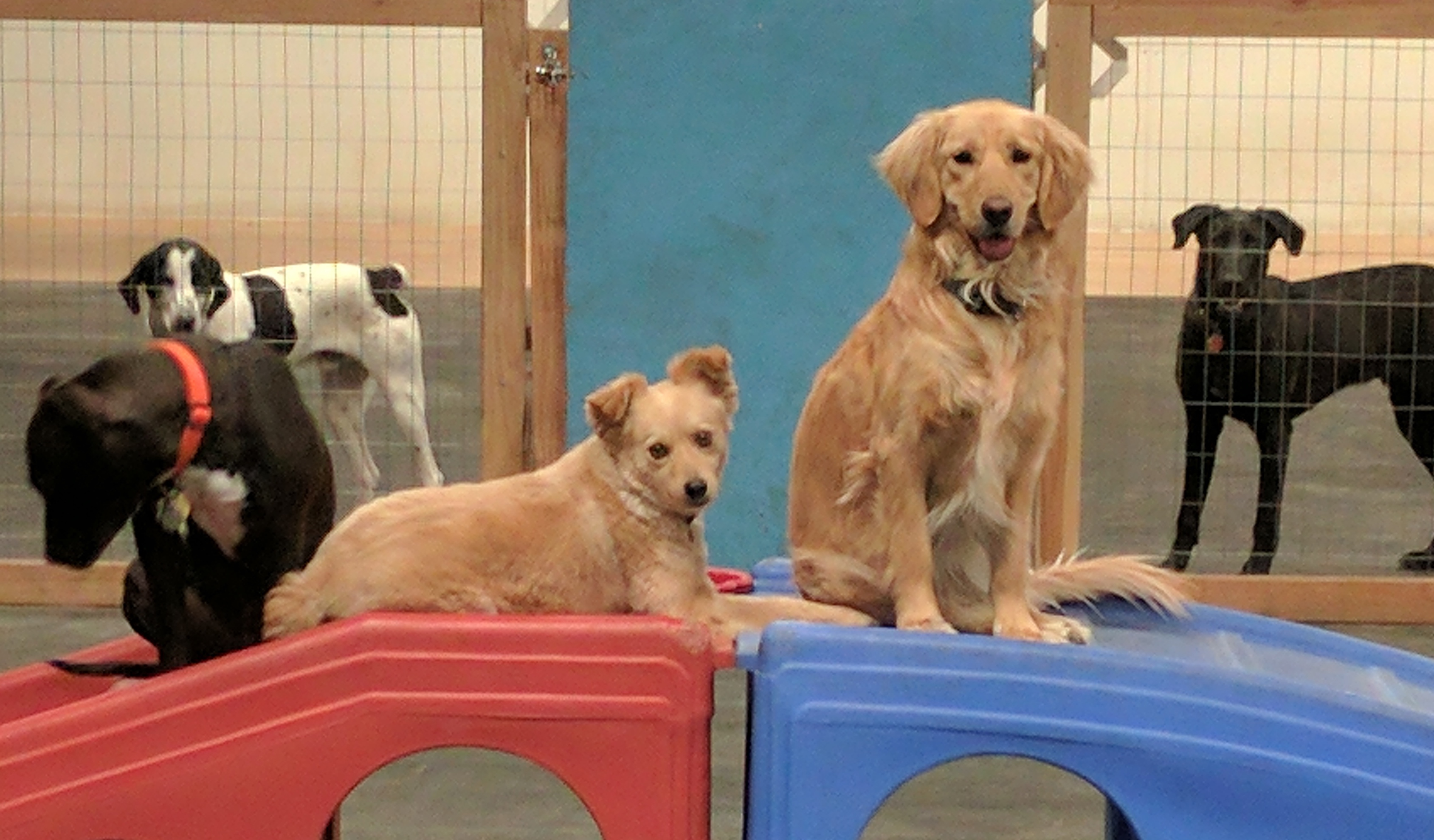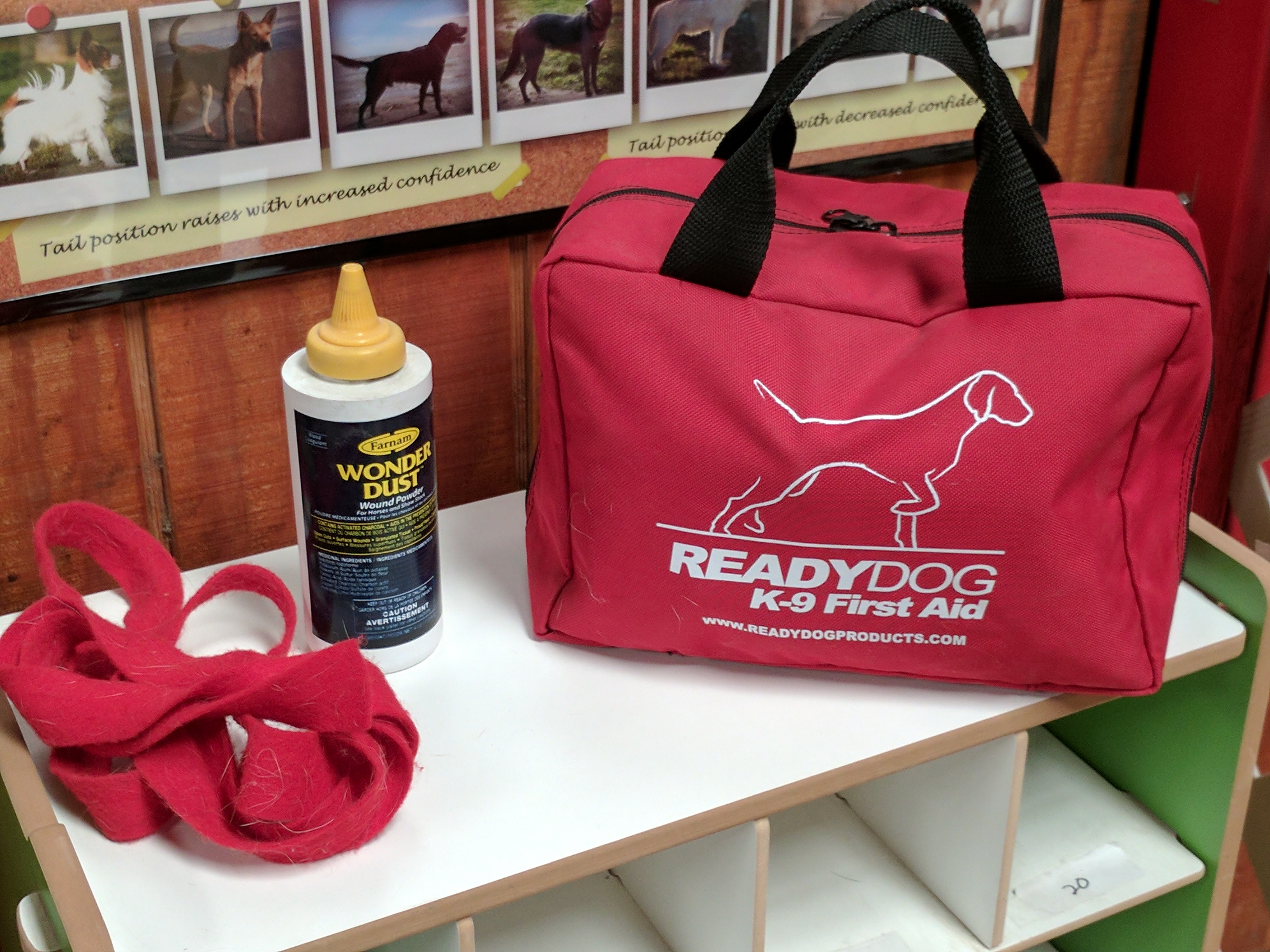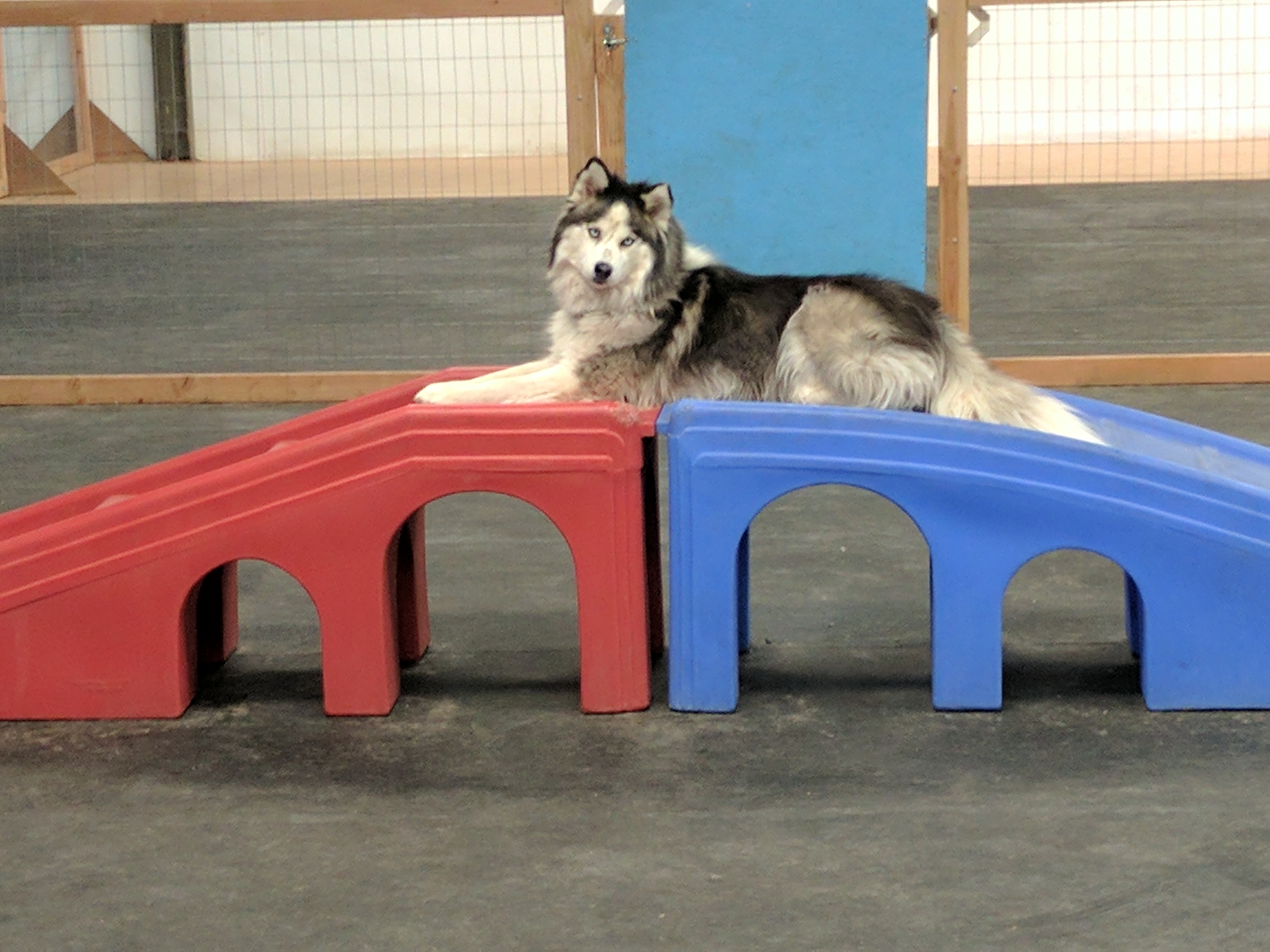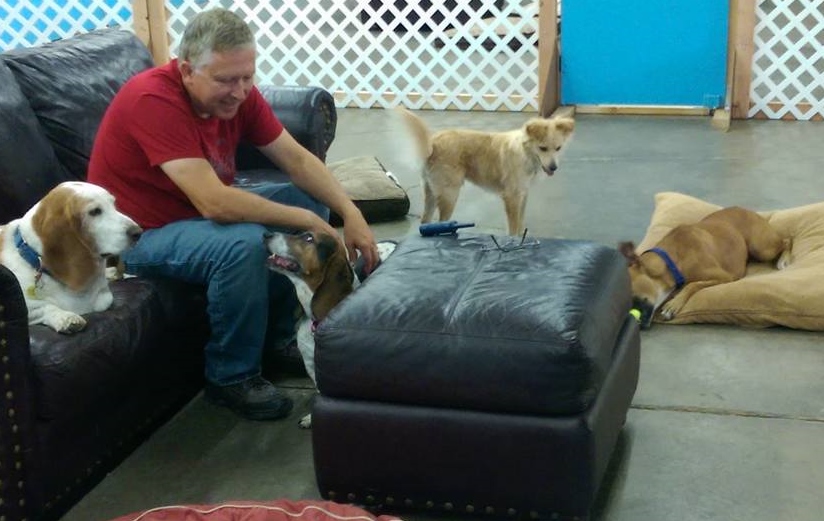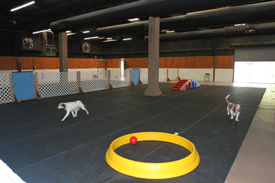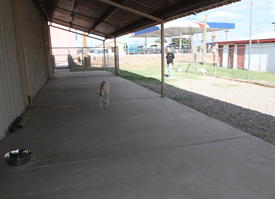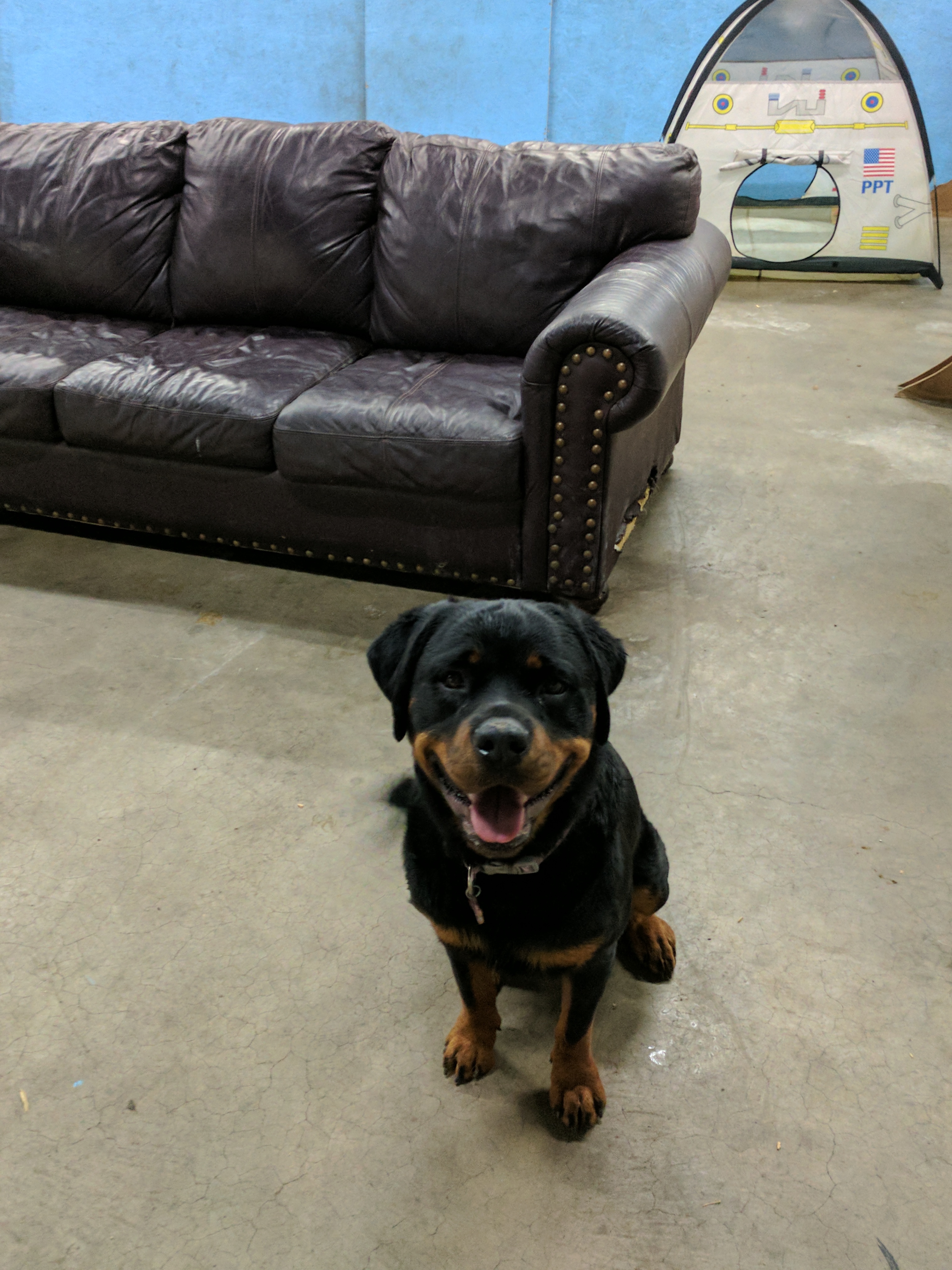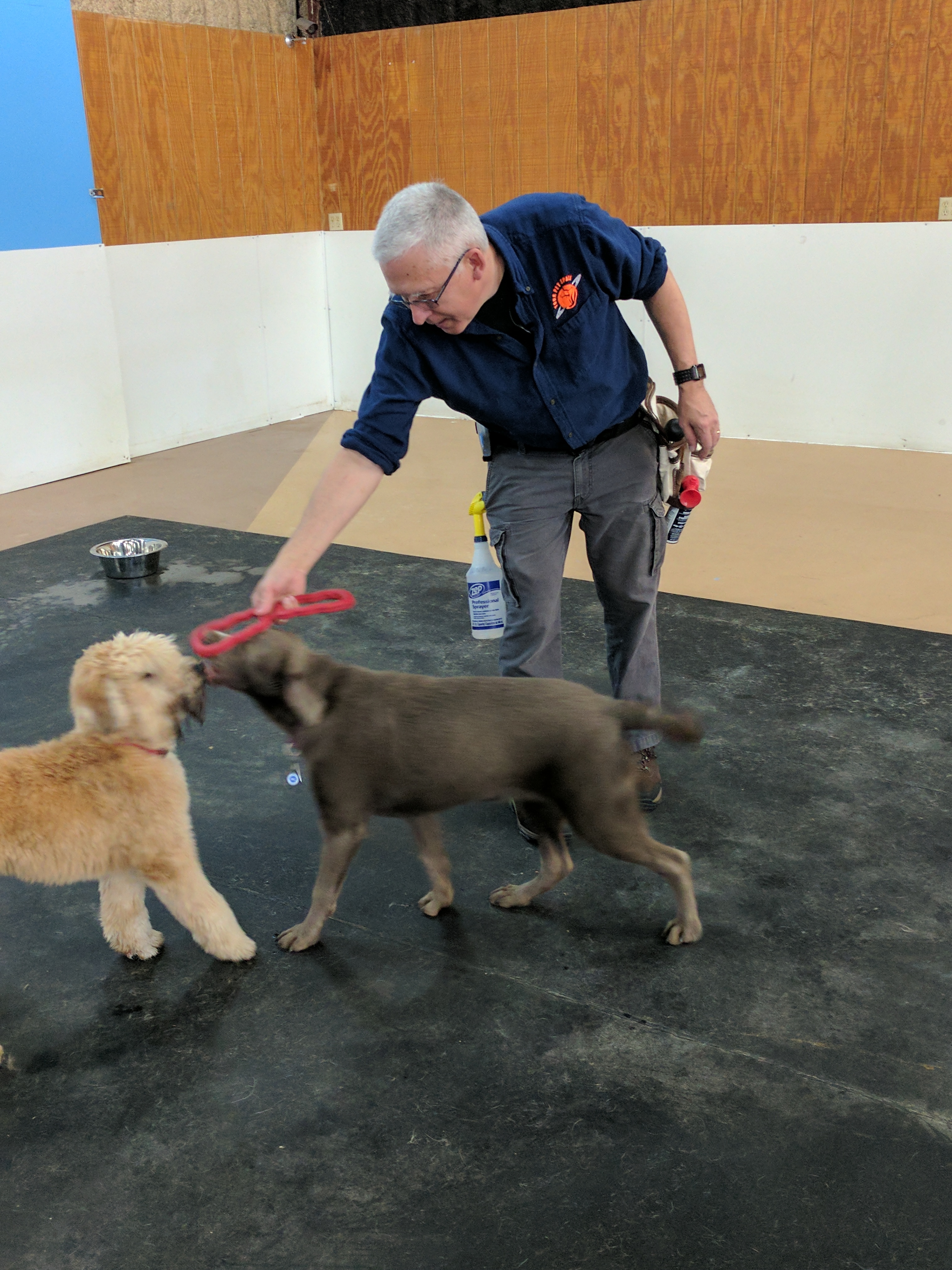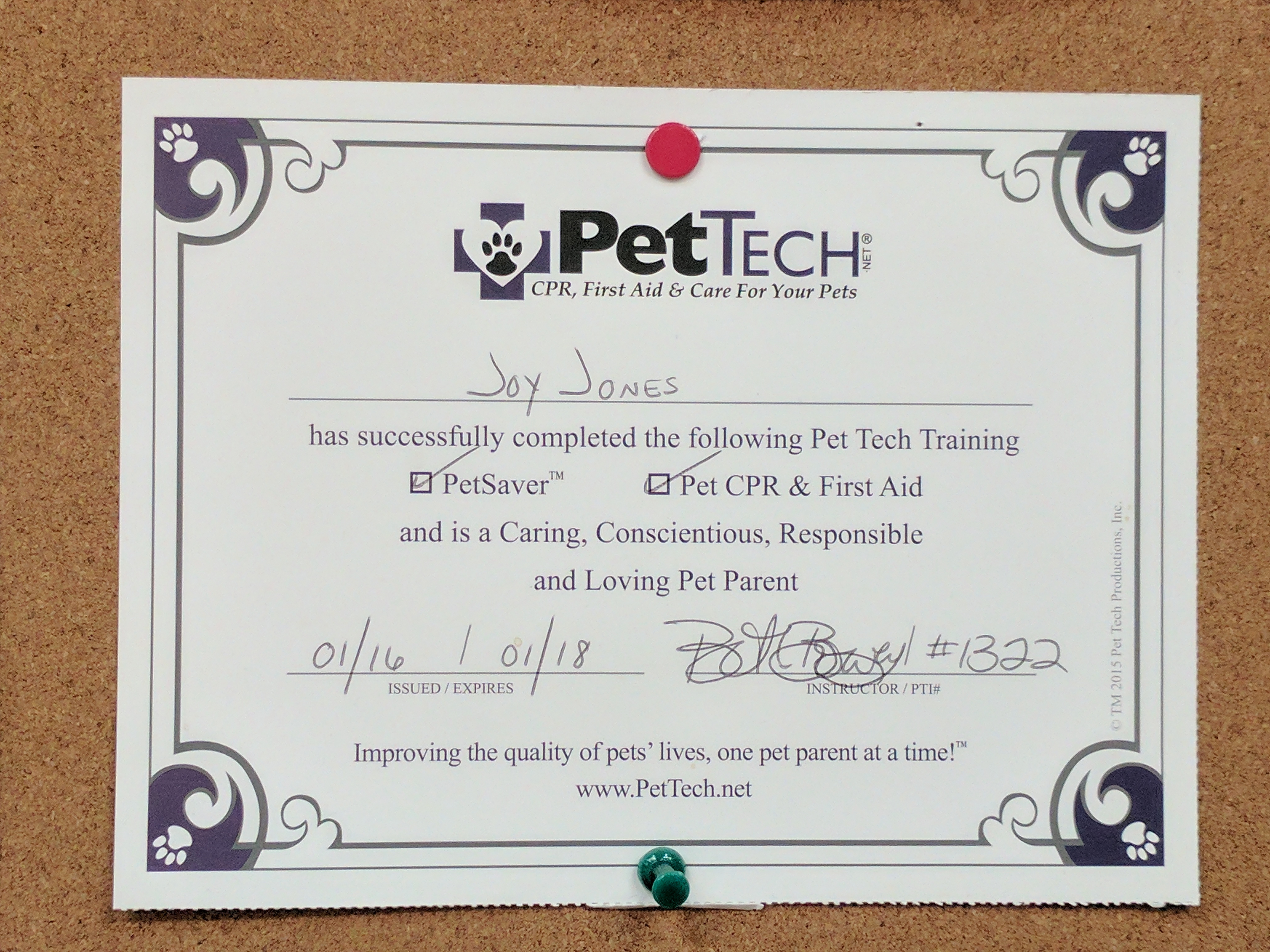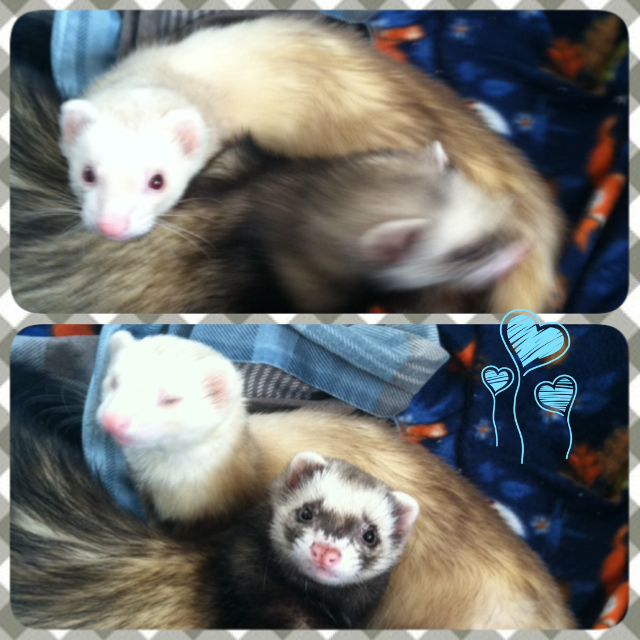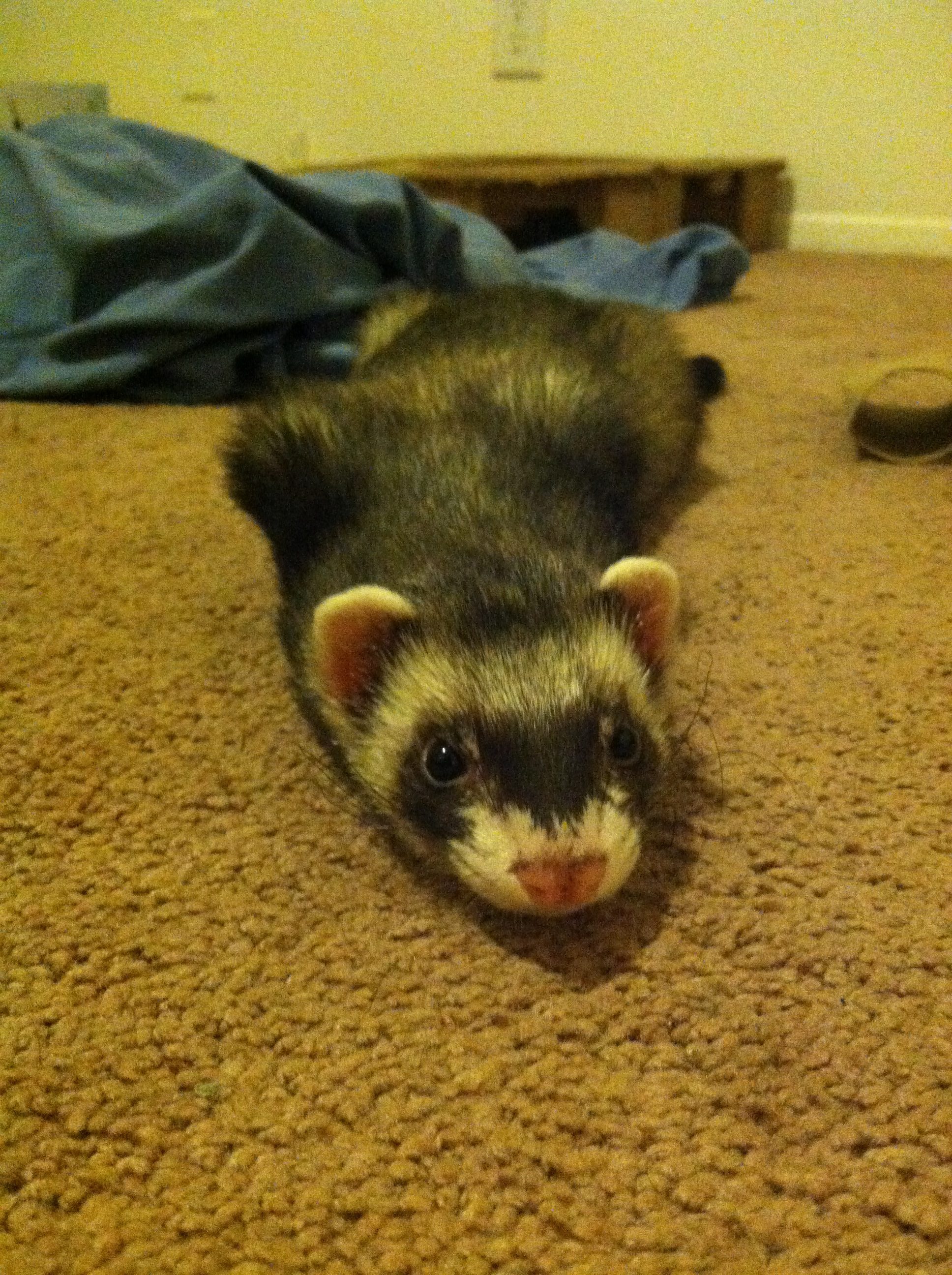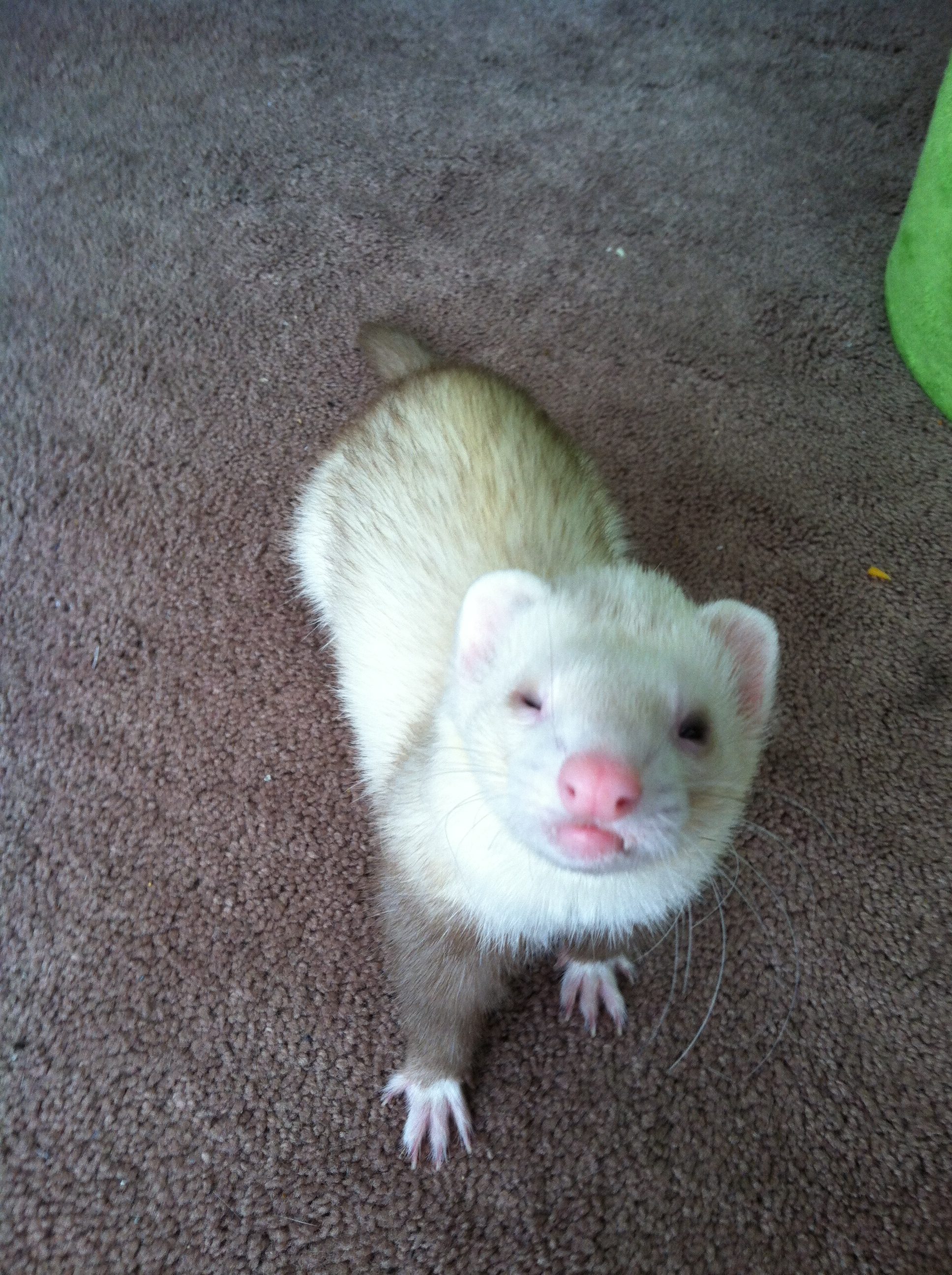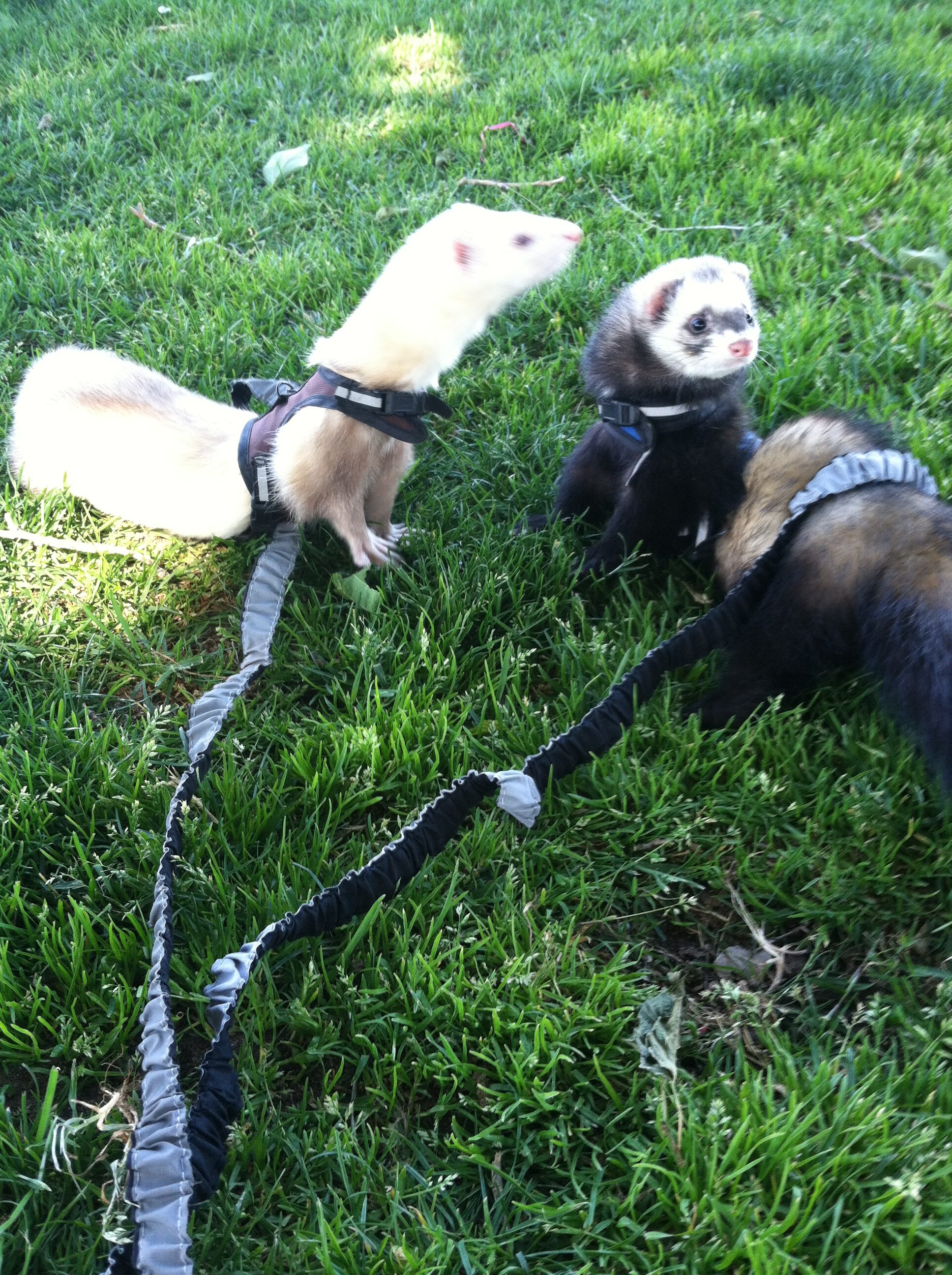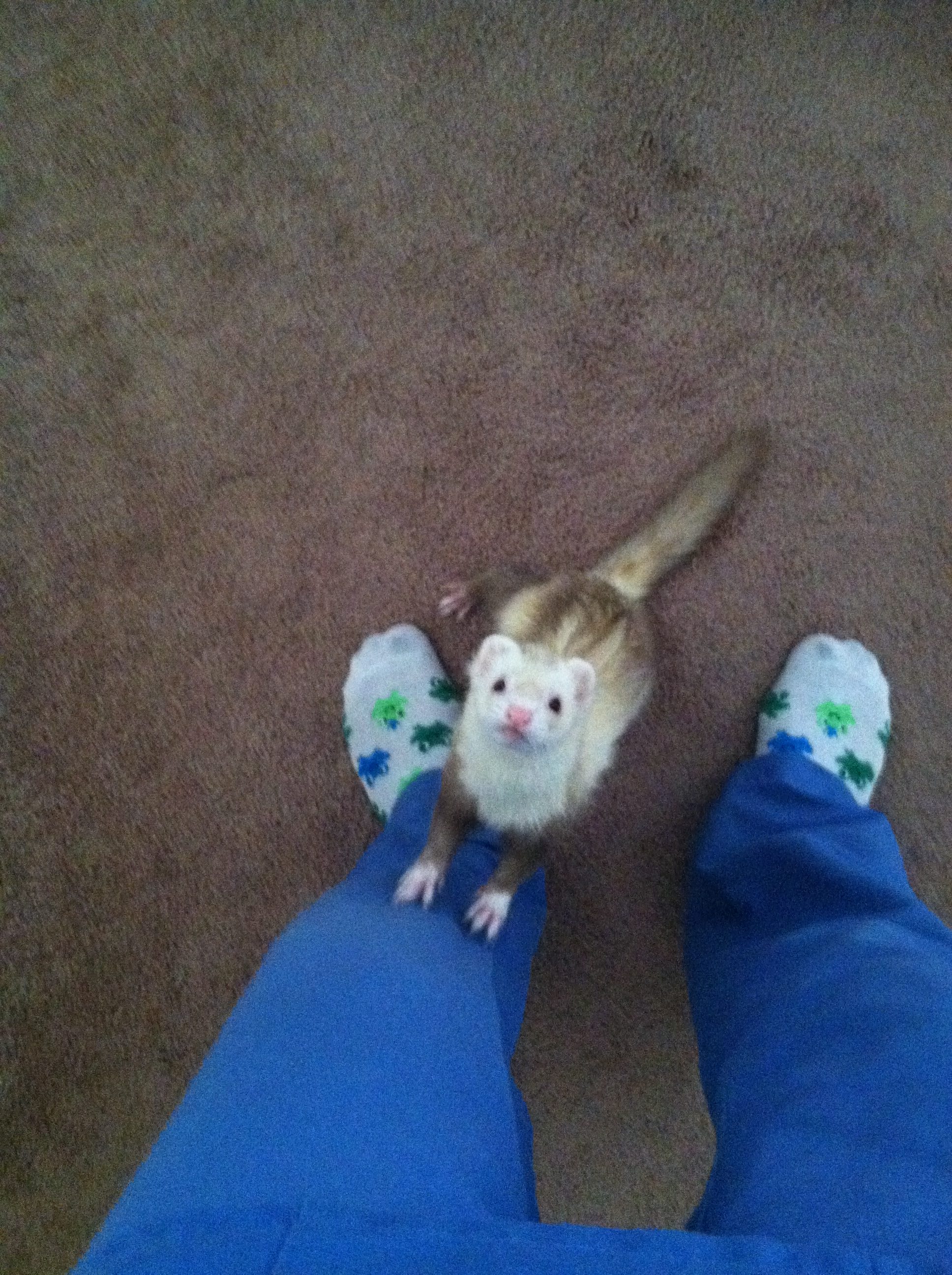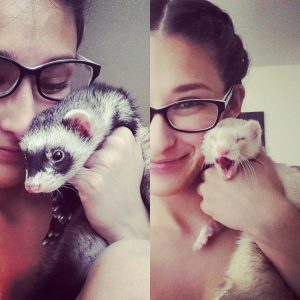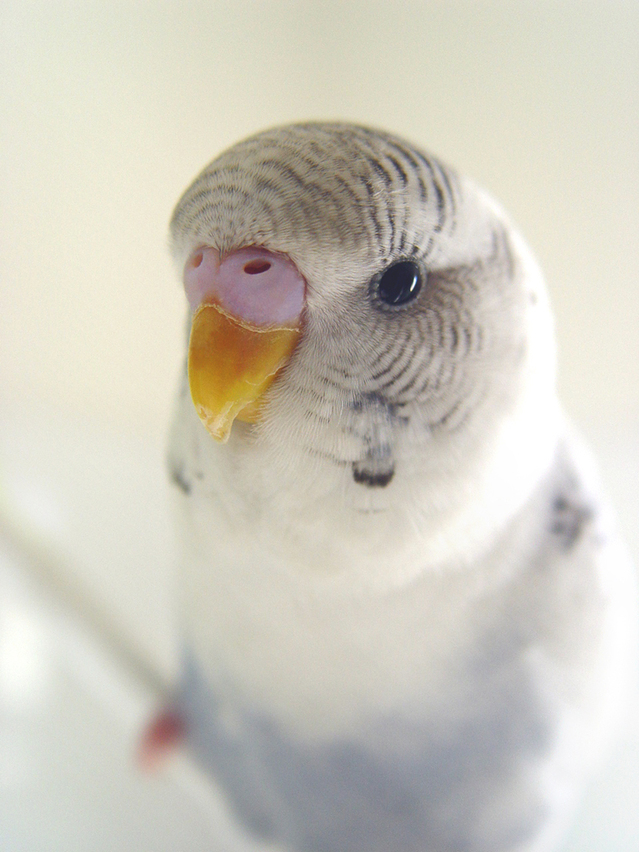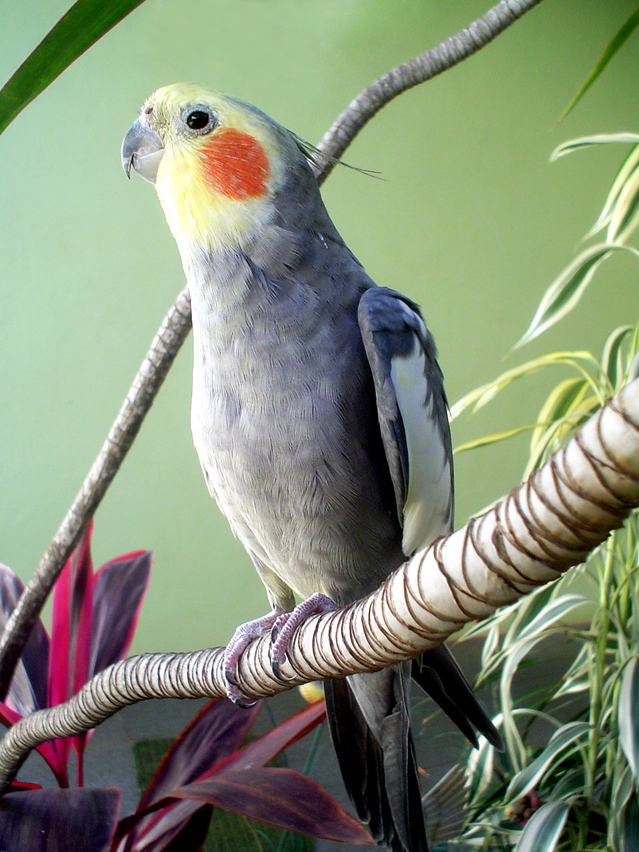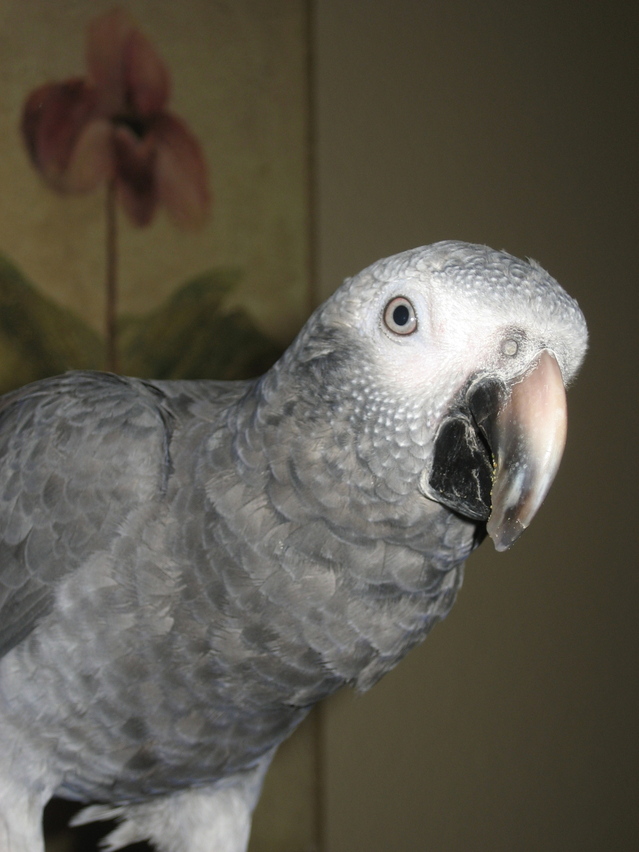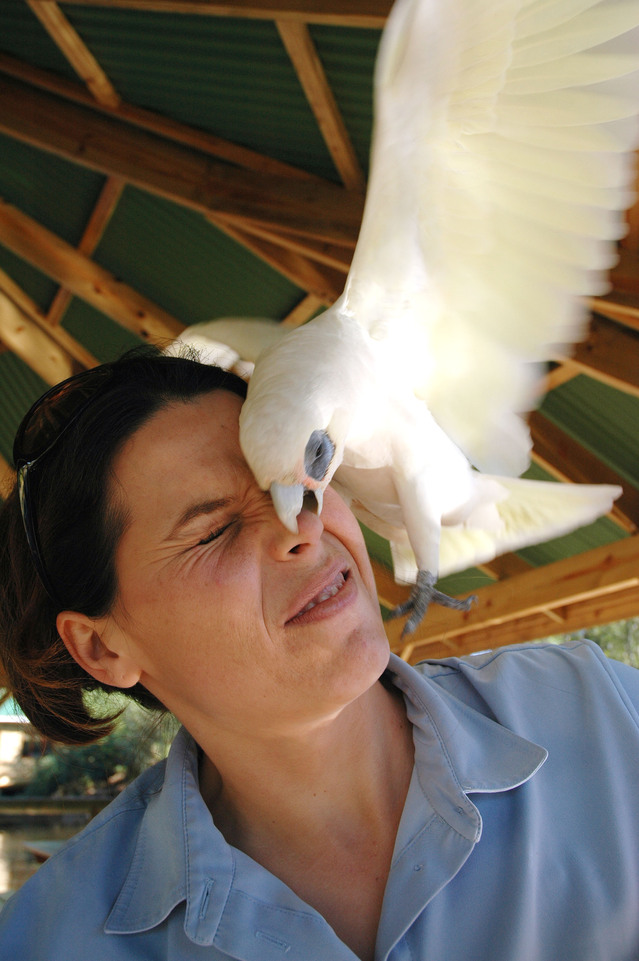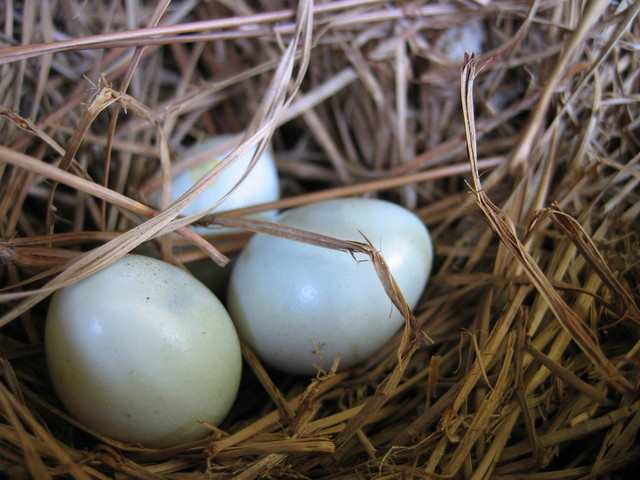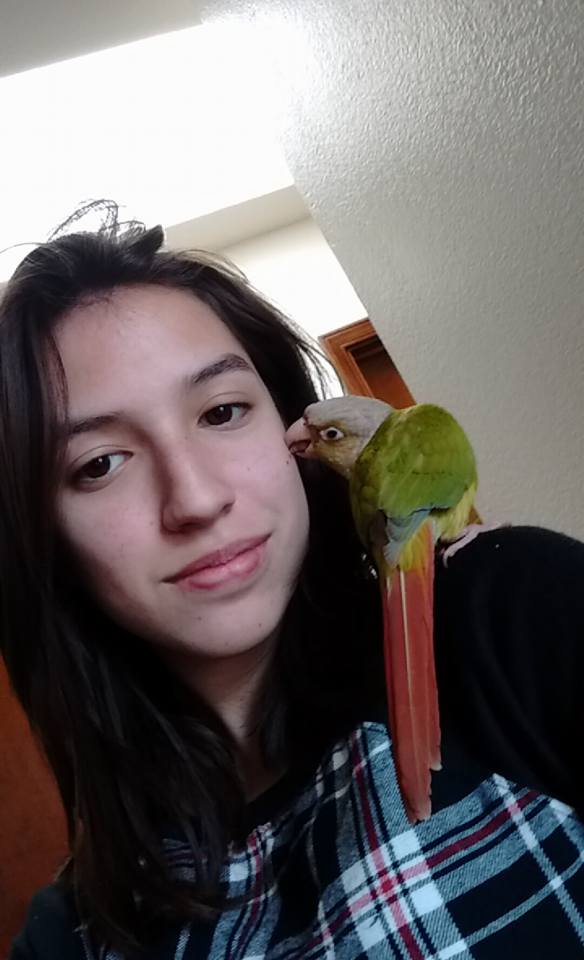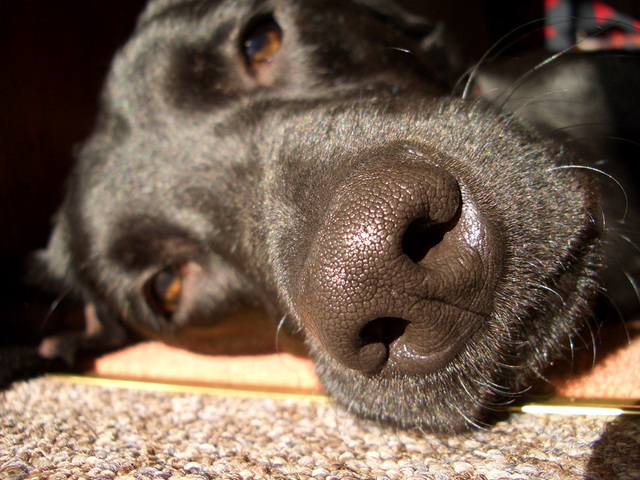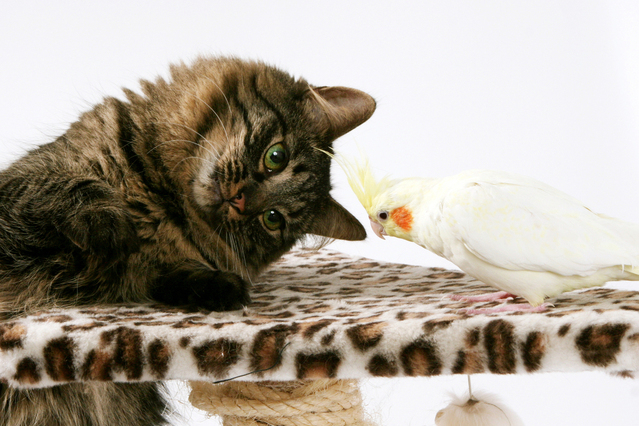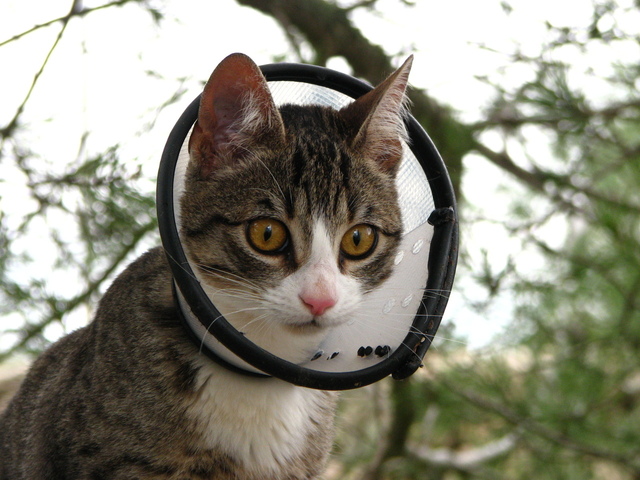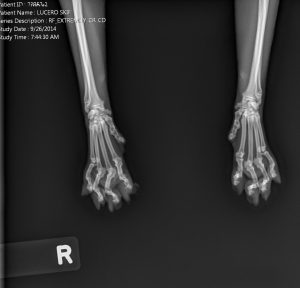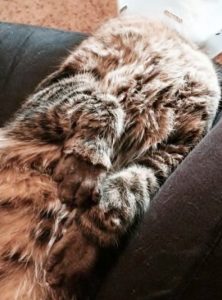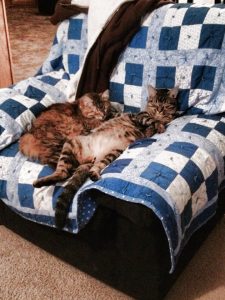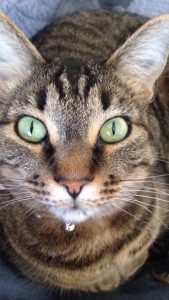Some weeks ago I was on my lunch break and found a craving to play a game called Life from Deepak Chopkra’s Leela, in which you swim a little creature around a pond, connecting small areas of light as you go. It was exactly the soothing kind of experience I needed for that hour, so I searched the online stores to see if something similar was available for my tablet and discovered a game called Zen Koi , which I fell in love with. The experience made me wonder how many people out there were actually interested in having fish-themed games.
Being a lover of fish and a game fanatic, I have accumulated several types of fish-themed games in recent years, mostly in a desperate attempt to simulate having pet fish when I couldn’t keep live ones. I thought this collection might just make someone’s day, so I have decided to review these games here at Your Pet Space. Some of these are strictly virtual fish programs, some have a little adventure to them, some require thought or strategy, but they all have one thing in common: fish.

Zen Koi by Landshark Games
Available for download at the App Store and Google Play for free.
Graphics quality: Smooth, cartoon-style. Simplistic, yet beautiful.
Skills needed to play: The ability to sort objects by type and poke at them with a finger.
Basic gameplay: You are given a random koi egg to start with, which hatches into your very own koi. Your fish comes with a specific list of little swimming creatures needed in order to grow. You swim your fish around by tapping on the screen or dragging your finger from one area to the next. As your fish grows, it is able to breed and a wild fish will eventually appear on your screen. Follow that fish and you make a new egg that has the traits of the parents. You then grow your koi and help it on the path to “ascension,” where it will become a dragon and is no longer playable.
Object: The object is to collect every kind of fish available by breeding your one fish to the wild fish. At the same time you are collecting every kind of dragon.
How does it compare to having real fish?: You feed them a certain diet and you breed them to get unique color patterns, but there isn’t much in the way of actual fish interaction, even for pond fish. I would give this a three out of five on the virtual fish-keeping scale.
Personal opinion: This is a great game for mindless relaxing. It really only appeals to the types of people who like meditative games that don’t really have much purpose to them. The graphics are beautiful and the game occasionally adds new styles of fish for “purchase.” These purchases are made with pearls that you earn by ascending your koi, accomplishing breeding tasks, or watching videos. The video watching is optional, but you can only watch around 20 videos a day, which means you earn 20 pearls a day if you do this. While playing the game, a small box will pop up at the bottom offering you the chance to earn pearls through videos. If you don’t want to do it, just tap the ? icon and that box will hide away under it. Though the ? icon will pulse, it isn’t really disruptive to game play, although I play on a tablet and it may be different on a smartphone.

Endless Ocean by Akira
Available for Nintendo Wii: This game is no longer sold, so prices may vary among used game sellers.
Graphics quality: Undersea graphics are amazing! People are your typical generic CG, but it’s the fish we’re after, right?
Skills needed to play: You really need to be able to read when you start out. However, this is the kind of game where you can follow the prompts or just swim around, making reading not entirely necessary.
Basic game play: You are a diver in the tropical seas who is trying to learn about and help the animals of the ocean. You spend your days and nights with all kinds of fish and can befriend and train dolphins, who may swim with you. There are challenges available allowing you to take photos of certain fish during a dive. You can also take customers on a custom dive experience. If you don’t want to do anything at all, you can park your butt in the deck chair on your boat and just watch the world while you listen to the water. There is no fighting, you don’t die and respawn, and there are no time limits to anything. This is beach life at its best and you get to spend unlimited time with natural-looking sea life! As an added bonus, you can connect to wi-fi and swim with your other friends who play the game.
Object: There is a story embedded in this game about finding a special animal. You can play through to that point, which is the end of the game, or you can do whatever you want to do. As you meet and interact with new fish and animals, you learn more about them. This aspect of the game makes it a very educational experience, as well as a relaxing one.
How does it compare to having real fish?: When I went snorkeling in Hawaii, the first thought that came to my mind was, “Oh my God! I’m inside Endless Ocean!” The experience is that real, at least for an inexperienced diver like me.
Personal opinion: I absolutely love this game and play it when I want to relax, unwind or just because I want something to do that won’t take an age. You can start and stop whenever you like, so it is the perfect game for either long periods or fifteen minute spurts. I seem to recall that once you finish the “great discovery,” the game is over and you have to start new again, unlike in the sequel, which I will cover next.

Endless Ocean: Blue World by Akira
Available for Nintendo Wii. This game is no longer sold, so prices vary among used game sellers.
Graphics quality: I can’t say enough about how realistic these games are. The Endless Ocean experience is amazing when it comes to lifelike gameplay for fish. People are still your typical CG humans, but again, this is all about the fish.
Skills needed to play: There is a fair amount of reading in this game, especially if you want to learn about the creatures and complete the many types of challenges. If you choose to just swim around and ignore all that stuff you may do so once you complete the basic training.
Basic gameplay: You are a diver who travels all around the world to help the animals of the ocean. You learn about various fish and animals by interacting with them. In this version you also collect artifacts for your treasure book. You still train dolphins, but there is more variety to the training and you can even put on shows for customers. You also receive guided dive requests, photo contest requests, and treasure dive requests as you help a scientist take care of her aquarium.
Object: You are helping a girl and her grandfather locate a treasure in a temple, while learning about and healing sick fish along the way. This sequel is a little more in depth than its predecessor and it continues on past the actual final goal. This feature allows you to play as your character for an unlimited amount of time without having to create a new save game.
How does it compare to having real fish?: If the graphics in the first game were good, these are even better, making it an incredibly beautiful virtual diving experience. The interactions with animals are also slightly improved from the first version, so it is much more like you are actually with them.
Personal opinion: I loved Endless Ocean when we got it, but when we found Blue World I completely dropped the original game for this version. I particularly liked that you can continue on past the end of the game and that there are more things to do in this version like the treasure hunt. Now you can also take care of fish from all around the world at the same time instead of having just one large tank, making the aquarium a much more complex experience. Customization has improved as well, since the public will tell you what they want to see and you can cater to their needs. You can get a pet dog and settle by the campfire to watch the waves under the palm trees, lie back in a hammock, play a guitar, or star gaze. The photography challenges are graded and the more money you earn the more customizable your experience will be. Overall, this is the better of the two games, by far.
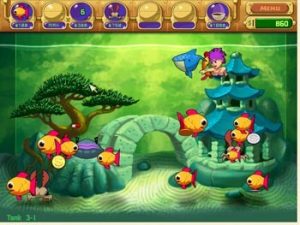
Insaniquarium by Flying Bear Entertainment and PopCap Games
Available for download to computer or on disc, for $9.99 and under.
Graphics quality: This game utilizes a silly cartoon style of graphics and animation, which is good because when the “aliens” come to eat your fish, it isn’t going to be all blood and guts. The animated fish are cute and the shading makes them pop from the screen. There is some depth to the background, but the fish don’t swim in the background, they are all right at the front. The colors are bright and beautiful, so it is really very artistic in a way.
Skills needed to play: This is a game that you really need multitasking skills for. You start out slow, but as you make progress in each level, things can get a little hectic. I have also found it much easier to use a mouse when playing this game, because you have to be quick and a mouse can facilitate that need.
Basic gameplay: Buy a fish and place it in your tank. Start feeding it and eventually it will grow big enough to poop money. Collect the money and buy more fish, but watch out for the aliens who come and try to eat them. When you have enough money you can buy a part of a pet egg. Three parts will give you a new pet and take you to the next level. Each pet has a special task, some pick up coins, some protect your fish. There are cheats and special hidden items within the game (Like naming a fish Santa will turn it into a Christmas fish that plays random carols.)
Object: Keep your fish alive and collect as much money as you can to move on to each tank.
How does it compare to having real fish?: Totally unrealistic. This is an adventure game and it’s a crazy one! The point of Insaniquarium is to make having the fish an adventure. It can really get the blood pumping too, so it’s not a calm or relaxing afternoon listening to water and watching creatures swim peacefully along.
Personal opinion: This is one of my old go-to games for when I want something with fish, but something fast and furious as well. I like that you can find the cheats and create new experiences that way. I also like that you can have your tank set to screen saver mode and watch your fish with no interaction and no worry of their starving to death.
There are a lot of games out there like this one, such as Feeding Frenzy, but I prefer the play of this game. I confess I haven’t played the others, but I have seen Feeding Frenzy played and that style of dashing your one fish around doesn’t suit my type of fish gameplay style.
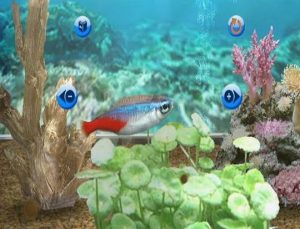
Fantasy Aquarium World by CoreSoft and Destineer
Available for Wii: Could be found as a used game for various prices.
Graphics quality: The tanks themselves are beautiful. The fish are of a realistic nature with a semi-cartoonish face. I wouldn’t say the fish were of the quality of Endless Ocean, but they do come fairly close. Don’t get your hopes up about the sea horses.
Skills needed to play: You must be able to read. You must also have patience, because this is true tank keeping.
Basic gameplay: This is a virtual aquarium. No monsters, no playful rubbing of heads to make friends. These fish live in a tank that grows algae and collects waste that you must keep clean. You also have to feed the fish proper diet and keep the ph and temperature at just the right levels.
Object: There are challenges in this game that you can follow, but the basic object is the same in all of them; Keep your fish happy and healthy. Then you can just sit back and enjoy looking at your virtual aquarium.
How does it compare to having real fish?: I don’t think I have seen a better virtual tank so far. It collects waste that must be cleaned, algae that must be wiped off the sides and so on. The decorations, gravel and side panel can all be changed to suit your fish and your own taste. I hadn’t played in a while, so I revisited the game for this review and the health of the fish I had were all at zero. After a tank cleaning it started to go up however, so I don’t think the fish actually die. My seahorse was 1,782 days old! (And lives by itself, which, by the way, shouldn’t happen, so not that realistic all the time.)
Personal opinion: There is no adventure here. If you can’t keep a fish tank but want the experience of having one, get this game. If you want to teach your kids how to take care of a tank before getting the real thing, you can certainly use this as a training tool. It’s mostly just for looks. Even the feeding can be automated.
The fish games that I’ve had the pleasure of experiencing each bring their own unique features to the table but they all share one common premise; the love for fish and sea creatures.
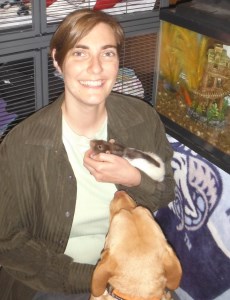
Mirrani Houpe, our Small Animal Editor, has had rats since she took home her first little boy once they both completed the second grade. Since that time she has owned, rescued and bred many kinds of rats, from many backgrounds. She may not be a vet, psychology major, or scientist, but her babies have her very well trained when it comes to how to care for them. She is constantly working with her family’s veterinarian to come up with new and innovative ways to love and care for the most often misunderstood rodent in the pet world. You can e-mail her at mirrani@yourpetspace.info



